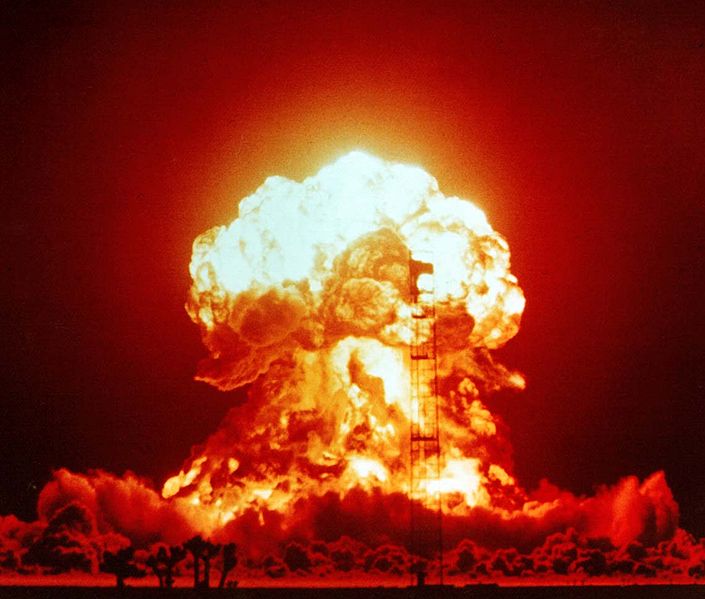In rural Tartaraghan, just outside of Portadown in Northern Ireland, there is an unexpected sight; a yellow Reliant Robin van. The van is an identical replica of the one from Only Fools and Horses, including the Trotter’s Independent Trading Company logo on its side.
It’s the plain-looking field at the back of the house that contains the truly unique aspect of this neighborhood. Under the plain-looking field is a perfectly restored underground nuclear bunker dating back to the Cold War.
The restorer is Alistair McCann. Looking around, you might think that this is the last place anyone would choose to prepare for the end times. The remote, idyllic location is typical of the 58 monitoring posts built by the government in Northern Ireland almost 60 years ago. The bunkers were built for volunteers in the Royal Observer Corps (ROC) to monitor and report on nuclear attacks and resulting fallout from Russian missiles.
Alistair has borrowed or bought equipment similar to what would have been used at the time.
More than 1,400 of the remote posts were built around the UK and Northern Ireland in clusters of three or four. The information collected by the volunteers was to be used by the authorities to figure out how to help people in the event of an attack. Nowadays, experts believe that few, if any, would survive a nuclear attack.
In 1968, the government started shutting down the bunkers. By 1991, all were abandoned after being stripped bare. In 2009, McCann turned the Portadown monitoring station into a Cold War museum. McCann was partly inspired by his grandfather, who served in the Royal Observer Corps during WWII. It’s also inspired by the bunker near his home as a child in Lurgan.
“I remember there was a little green concrete box behind the house, and at weekends people would turn up and go down the hole, but it was years and years before I found out what its purpose had been,” McCann remembered.
McCann went on a mission to find all 58 monitoring stations in Northern Ireland. They weren’t all easy to find, but the one in Portadown was. The hatch was open, and he just went on down. “I got the fever there and then,” he said. McCann then approached the landowner who was happy to let him restore the bunker.
The ROC plan in the event of an emergency was to have three volunteers go down for the length of the attacks. They would have to leave their families to their fates above ground while they essentially went to their own tomb. The chances of getting out alive were almost none.
McCann says that he would not want to go into the bunkers in the case of a nuclear attack. “I have restored the bunker to bring back the Cold War to people … to show them how stupid the whole thing was. I would have preferred to have died at the start of the attacks, rather than come up again after them.” He said that recent revelations have shown the Russians had ten targets in Northern Ireland and that the weapons the Russians had were powerful enough that 70% of the population of Northern Ireland would have died instantly or shortly after.
“…the lucky few who have survived would not have been so lucky at all. What sort of life would have been left for them? There would have been no electricity, no light, no nothing, and then all the black rain would have come and there would have been the remains of millions of dead bodies to deal with too. I pray that nuclear war will never happen. We would all be doomed.”
“When people in this part of the world hear about the Cold War, they automatically think about America and Russia and wonder what Northern Ireland had to do with it. They don’t realize that there would have been nuclear weapons stored here.”
He is still acquiring items for his museum. Recently, he received a poster that warns the viewer to watch out for strange cars spying on their bunker.
